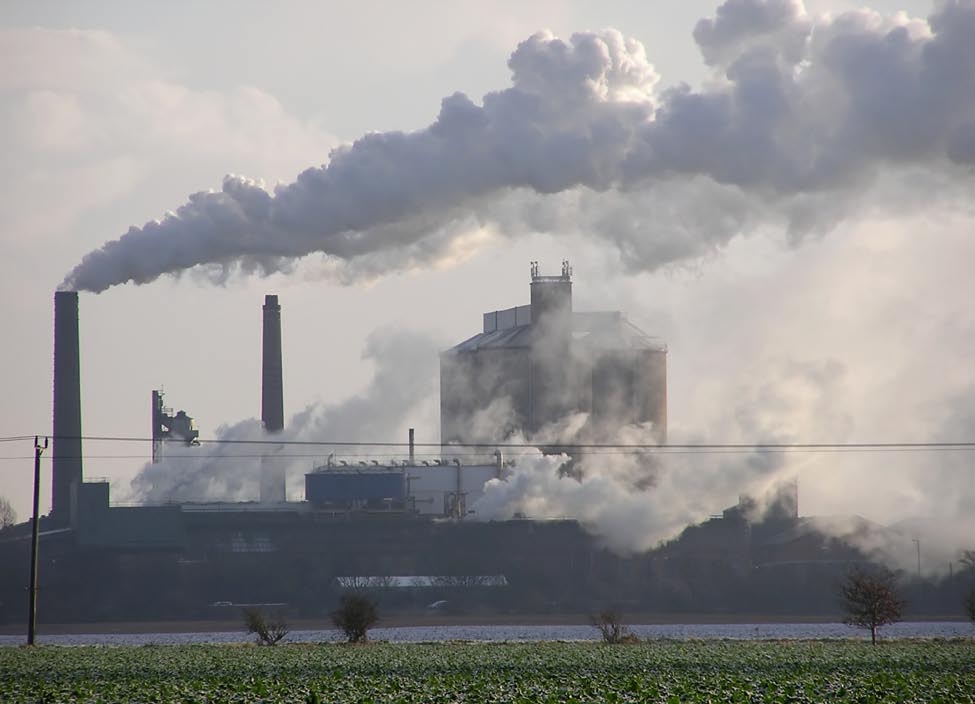Regular meeting
REGULAR MEETING KILLINGLY BOARD OF EDUCATION WEDNESDAY, JANUARY 11, 2012 PRESENT: Angela Brower, Hoween Flexer, Jennifer Hyatt, Greg Keeley, Nelson King, Richard Murray, Alexis Rich. Student Board Members, Emily Klawitter and Samantha Tickey, Notification: John Burns and David Marcotte, OTHERS PRESENT: William Silver, Superintendent of Killingly Schools, Colin Chairperson
 New reactor designs are being proposed that claim to offer
considerable improvement over existing reactors with little
supporting evidence.
New reactor designs are being proposed that claim to offer
considerable improvement over existing reactors with little
supporting evidence.